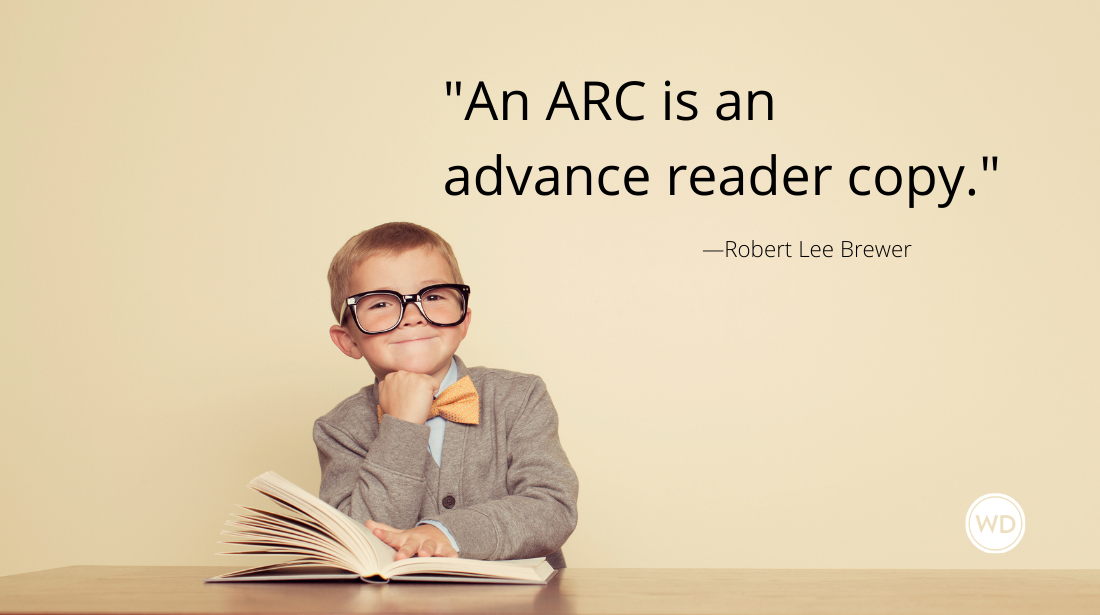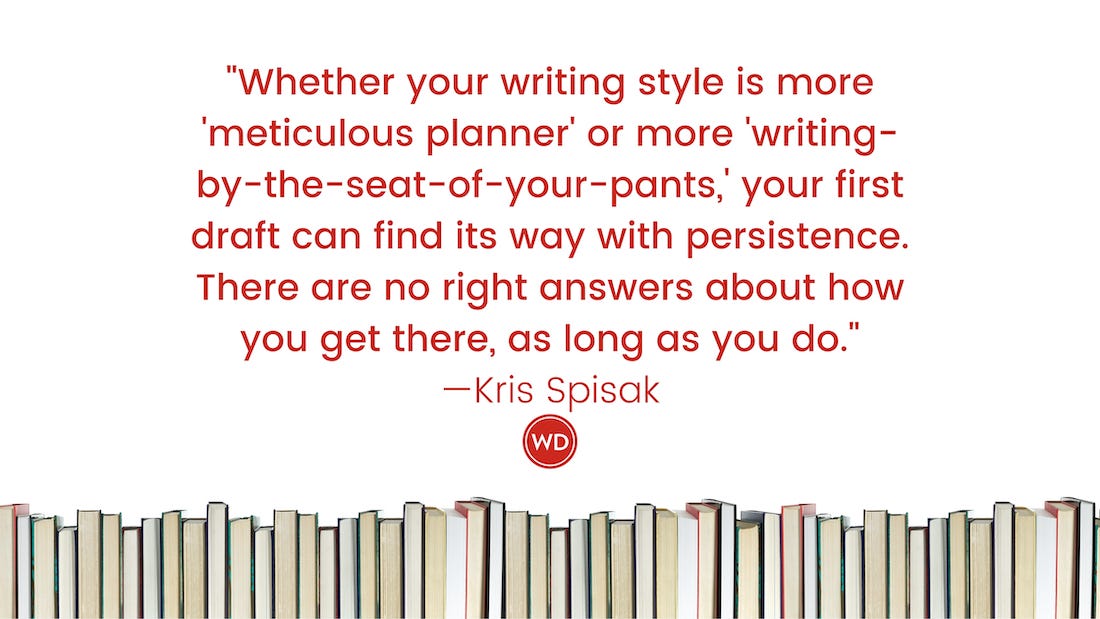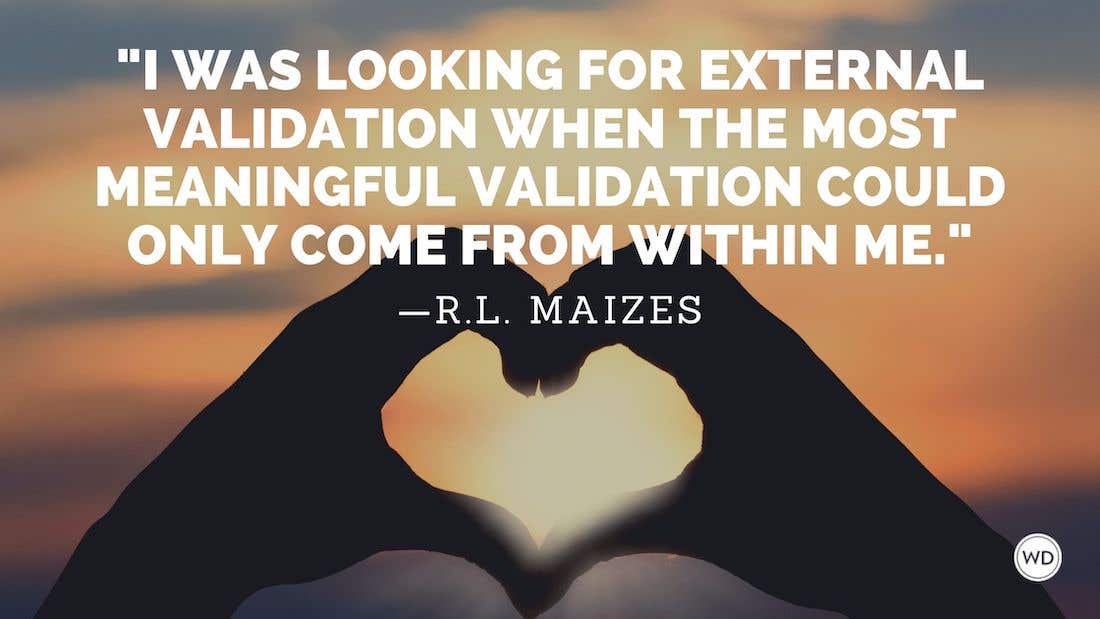11 Common Publishing Terms All Writers Should Know
Here’s a list of common publishing lingo that you should know before sending your query off to agents. (And if you don’t know what a query is, this list will definitely help you.)
If you're a writer looking to write, sell or publish a book, there are many basic terms that you need to know. Heck, if you don't know certain industry terms, you may even have trouble interpreting advice-driven articles on writing designed to help you. Here's a list of common publishing lingo that you should know before sending your query off to agents. (And if you don't know what a query is, this list will definitely help you.)
11 Common Publishing Terms All Writers Should Know
# MANUSCRIPT (MS): Your completed book.
# MIDDLE GRADE (MG): Books for ages 9–12. Examples include Charlotte’s Web by E. B. White and the Magic Treehouse series by Mary Pope Osborne, Natalie Pope Boyce and Will Osborne.
# NARRATIVE NONFICTION: True stories written in a narrative that reads like a novel’s; also called creative nonfiction. Examples include The Immortal Life of Henrietta Lacks by Rebecca Sloot and The Devil in the White City by Erik Larson.
# NEW ADULT: Books featuring protagonists ages 18–29, usually focusing on the first struggles of adulthood, such as finding love and getting a job.
90 Days to Your Novel is an inspiring writing
manual that will be your push, your deadline, and your
spark to finally, in three short months, complete that first
draft of your novel. Order it now in our shop for a discount.
# PLATFORM: Your author presence that allows you to market your expertise and/or book directly to your audience. Examples include a website, a broad-reaching social media network (Twitter, Facebook), speaking engagements and more.
# PROPOSAL: A detailed package used to pitch a nonfiction book; includes a table of contents, a market analysis, fully written sample chapters and more. (Turn to Page 32 for more on how to make your nonfiction book proposal as strong as possible.)
# QUERY: A one-page letter to an agent or editor that explains what your book is about and who you are. (Turn to Page 28 for query letter dos and don’ts, plus a real-life example of a query letter that led to agent representation.)
# SAMPLE CHAPTERS: Completed chapters of your ms or proposed book. For a novel, these should be the first chapters of the book. For nonfiction, you may choose those that best represent the style and tone of your project.
# SYNOPSIS: A short (usually one-page) front-to-back summary of your work.
# UPMARKET: Literary fiction with commercial appeal, particularly women’s fiction.
# YOUNG ADULT (YA): Books for ages 13–17. Examples include The Giver by Lois Lowry and The Fault in Our Stars by John Green.
Other writing/publishing articles & links for you:
- Here are 4 things to consider when researching literary agents.
What are overused openings in fantasy, sci-fi, romance and crime novels?
- What to write in the BIO section of your query letter.
- Here are 7 reasons writing a novel makes you awesome.
- New Agent Alerts: Click here to find agents who are currently seeking writers.
- Download a year's worth of writing prompts right here.
Thanks for visiting The Writer's Dig blog. For more great writing advice, click here.
Brian A. Klems is the editor of this blog, online editor of Writer's Digest and author of the popular gift bookOh Boy, You're Having a Girl: A Dad's Survival Guide to Raising Daughters.
Follow Brian on Twitter: @BrianKlems
Sign up for Brian's free Writer's Digest eNewsletter: WD Newsletter
Brian A. Klems is the former Senior Online Editor of Writer’s Digest, and author of Oh Boy, You’re Having a Girl (Adams Media/Simon & Schuster). Follow him on Twitter @BrianKlems.








